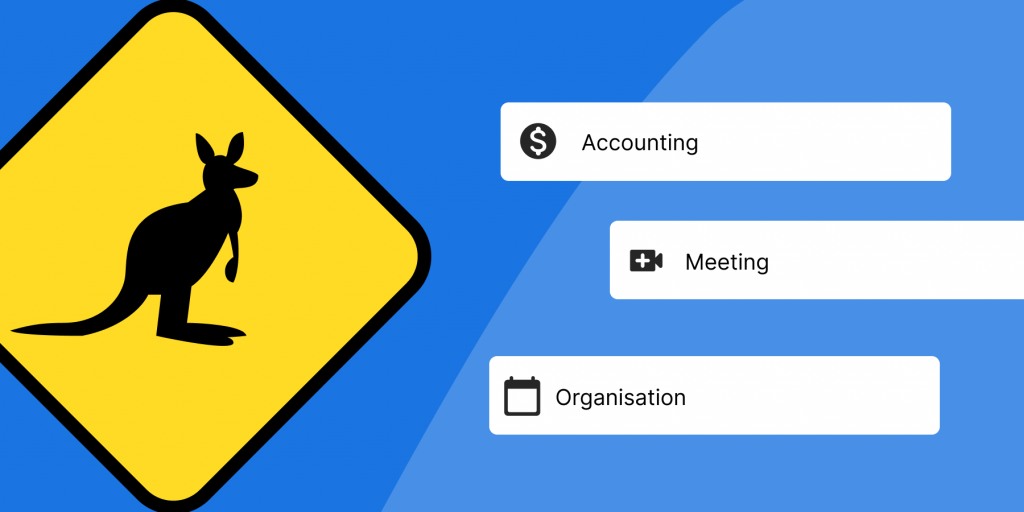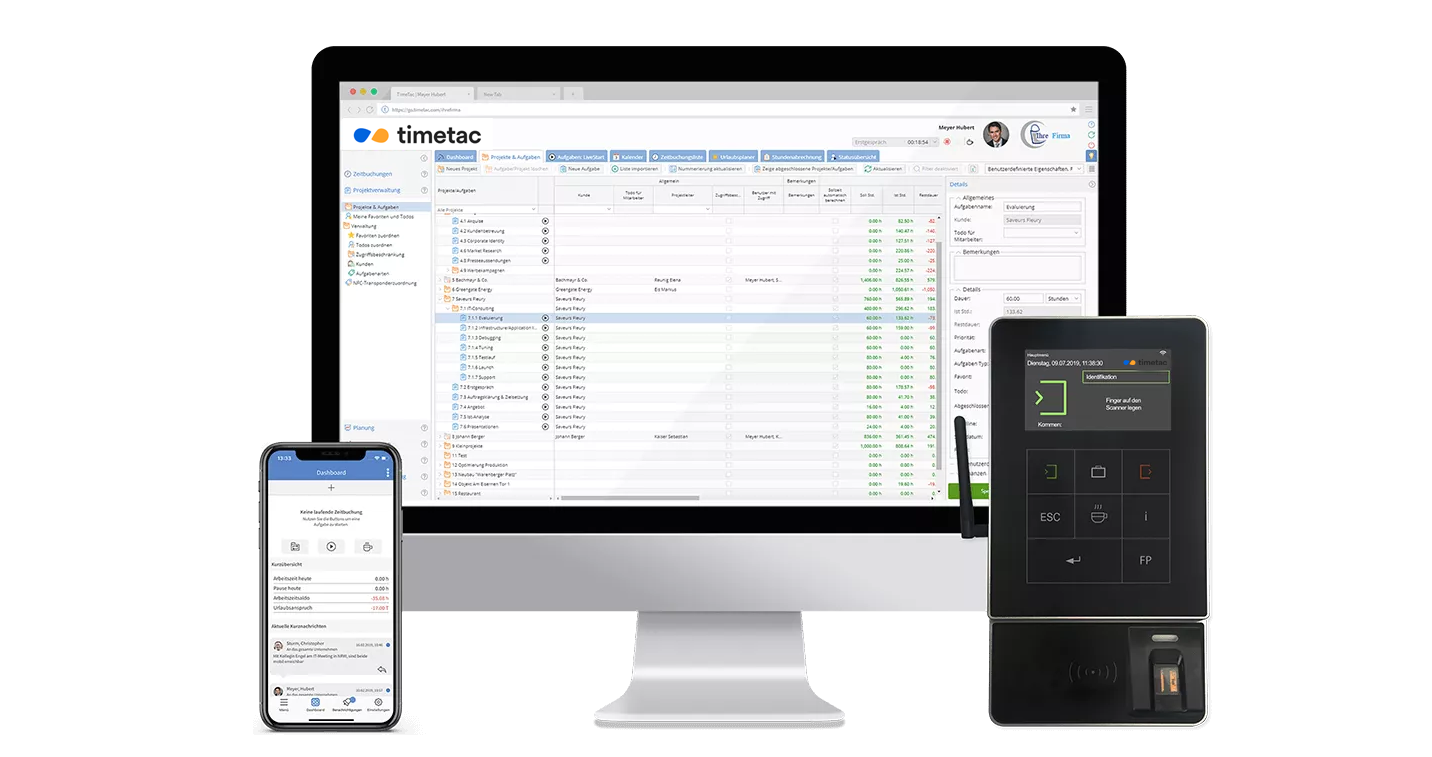Organizational Effectiveness: Time Management for Increasing Workforce Productivity
by Gabriele Kaier, 07.06.2017
The key to success is a smart management of scarce resources. However, financial capital is no longer among one of them. According to Michael Mankins and Eric Garton, experts in organizational effectiveness and design of Bain & Company, the truly scarce resources nowadays are time, talent and the energy of the people in your organization. They state that these resources are too often squandered and there is plenty of advice about how to manage them which unfortunately focuses mainly on individual actions and not on organizational solutions which can make a company productive and enable it to outpace competitors.

Organizational Effectiveness
An organization’s time goes largely unmanaged. Many businesses have elaborate procedures for managing capital, but no procedure for managing time. Companies have only a few rules for leaders and employees and in fact no clear understanding of how they are spending their collective time. Time is often squandered on long email chains, needless conference calls, and countless unproductive meetings. Unproductive time for executives and employees does not fuel innovation or accelerate profitable growth.
Michael Mankins and Eric Garton present a new book on how you can liberate people’s time, talent, and energy and unleash your organization’s productive power. They identify the specific causes of organizational drag: collection of institutional factors that slow things down, decrease output, and drain people’s energy and how managers can overcome it.
8 Practices to Manage Organizational Effectiveness
We have summarized their 8 management practices which can have a powerful impact on organizational effectiveness:
1. Make a Clear Agenda
- Separate the urgent from the merely important
- Communicate which activities are critical to success. Everybody should know what they can safely postpone or ignore.
2. Set a zero-based time budget
- Manage every organizational asset carefully
- Take the previous year’s budget as a starting point instead of developing one from scratch each year.
The best companies have even zero-based time budgets: They invest no additional organizational time in meetings, all new meetings are “withdrawals” from their existing meeting “bank”.
3. Develop formal business cases for all projects
- Don’t fall victim of “initiative creep”: Sensible projects are added incrementally but few are ever formally terminated.
4. Streamline your organization’s structure
Adding managerial levels creates slower information flows and decision making. But managers often do not consider that every additional supervisor adds costs beyond his or her salary: Supervisors schedule meetings; those require content that someone has to generate and others to review; and each meeting typically necessitates further meetings.
5. Clearly delegate authority for time investments
- Avoid schedule meetings without scrutiny
- Place few restrictions on who can organize a meeting: how long it should be, who should attend, and even whether participants must attend in person.
6. Organize the decision process
- Define decision rights and processes, to keep off spending more time on managing the matrix than decision making and execution.
- Establish an organization-wide approach to decision making. It can greatly improve efficiency and save time for other purposes.
7. Build an organization-wide time discipline
No company can eliminate all meetings, they are essential for fostering collaboration and making critical decisions. But you can dramatically improve the quality of your meetings by establishing a few simple norms.
Read here our blog article “5 simple ways to make your meetings more productive.”
8. Track time and provide feedback to manage organizational load
As management thinker Peter Drucker is often quoted: “You can’t manage what you can’t measure.” This means that you can’t know whether or not you are successful unless success is defined and tracked.
- Routinely track the critical variables affecting human productivity.
- You need to set a productivity baseline and targets for improvement.
- Review how much time you spend on various issues.
Organizational effectiveness means that the right organizational structures are in place at the right time. Optimize organisational productivity by gaining an overview of current projects and employees assigned on them. Compare productivity metrics against actual performance standards in order to make informed decisions.
Perfectly Organized
TimeTac helps you to manage our resources.





